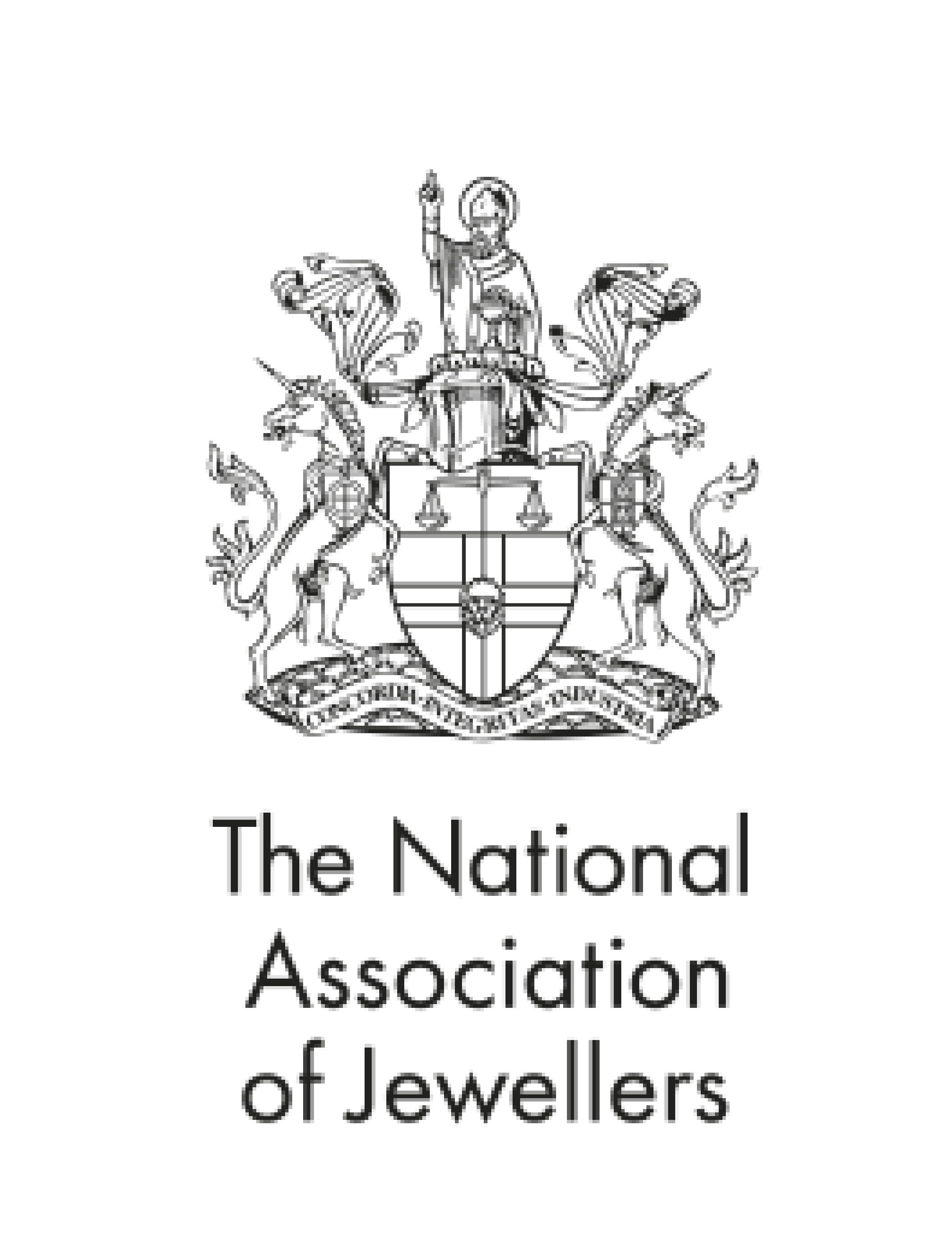It has been four years since the release of the incredible House of Gucci biographical film, starring Lady Gaga and Adam Driver. But how much of the film’s creative narrative reflects the real beginnings and history of the iconic Italian clothing retailer and jeweller?

The True Beginnings of Gucci
Known as one of the most renowned brands in the world, the Gucci fashion house began their venture into luxury luggage in 1921 by Guccio Gucci. Guccio found his love for fashion and fine leather whilst working as a bellhop in the one and only Savoy Hotel in London. Known for its sophisticated rooms and high-end clientele, the Savoy and its visitors captivated Guccio and led him into a world of luxurious goods and fine designs.
Shortly after returning to Italy, Guccio opened his first shop in Florence, offering fine leather luggage and accessories, as well as equestrian goods. His small shop soon grew into a popular spot for Italy's elite who loved to travel in style.
In the 1930s, when the League of Nations embargo on Italy affected leather supplies, which meant that the house began using alternative materials like woven canvas, hemp and even bamboo, leading to the development of iconic bamboo-handle handbag designs.

A Family Brand at Heart
From fathers to sons, the Gucci name and legacy was passed down within the family. In House of Gucci, certain creative liberties had been taken but the roles portrayed by Lady Gaga and Adam Driver mirror those of Patrizia Reggiani and Maurizio Gucci (Guccio’s grandson).
Aldo, Vasco, Rodolfo Gucci
Guccio Gucci's four sons Aldo, Vasco, Roldolfo and Ugo became prominent key figures in the Italian brand. Their innovative and ambitious choices helped to excel the Italian brand further into the realm of luxury, and established Gucci as one of the world’s most recognisable designers.
However, it was in 1953, shortly after the opening of the Gucci store in the Savoy Plaza hotel in New York city, that the family began to be caught up in whirlwinds of competition. After Guccio's death, his step-son Ugo, was left with no stake in the family business. The ownership of the brand was then divided up between Aldo, Vasco and Rodolfo. Guccio’s sons, Aldo, and Rodolfo, led the brand into new heights along with their sons, Paolo and Maurizio.

The Rise of Cousins Maurizio and Paolo
From the years of 1953 - 1990, grandsons of Guccio Gucci, Maurizio and Paolo became stakeholders of the brand. In the House of Gucci, and in real life, both Maurizio and Paolo play key roles in the innovation and progression of the brand and its identity.
The modern age: Tom Ford’s Creative Direction

The end of the 20th century marked the beginning of an era in which designers were called upon to bring their unique perspectives to the Gucci brand.
Tom Ford was appointed Creative Director in 1994, opening a new and reinventive space for the fashion maison. Ford took the industry by storm by infusing the brand with glamour, sensuality and bold designs. Ford’s desire to reflect and develop leading designs like the “Jackie O” handbag had fashion-forward women captivated in the late 90s.
The Innovation of Gucci: From Bags to Jewellery
It was in 1997, that the first Italian made silver jewellery collection from Gucci came to light, followed by Fine Jewellery in 1999. Throughout the years, the jewellery collections have accentuated the brands style and crafted iconic motifs that are still representative of Gucci today.
The Trademark Collection
One of the most popular collections from Gucci include that of the Trademark Collection, with a motif that was launched in the 1970s. Identified by the iconic logo and trademarked R symbol, this collection is an eclectic mix of popular favourites from stud earrings to heart charm bracelets.
The Trademark Collection is refined but offers the highest level of craftsmanship from the long-lasting designer.
Echoing the brand’s precedent in the luxury jewellery industry, the Trademark collection is a sophisticated answer to understated elegance.
The Interlocking G Collection
One of our favourites includes that of the Interlocking G Collection. The emblem represents the strength and identity within the brand.
Inspired by the initials of founder, Guccio Gucci, this collection showcases a simple and understated symbol that is used across bracelets, earrings and necklaces.
Perfect for those looking to fashion a Gucci icon, the Interlocking G collection comes in a variety of silver, yellow gold, white gold and rose gold, perfect for every occasion.
Related: Iconic, Timeless and Elegant. Gucci's Interlocking G Collection.
The Horsebit Collection
Launched in 2004, the Horsebit Collection is an ode to the brand’s equestrian beginnings. With the first Horsebit motif being featured on the Gucci Horsebit 1953 Loafer.
This Horsebit icon was then continuously reinterpreted for hardware on bags, and jewellery including necklaces, bracelets and earrings in white gold, yellow gold and rose gold.
Each piece highlights the Horsebit, a symbol synonymous with the House’s style and craftsmanship.
Related : Celebrating 20 years of the Horsebit collection
Explore Gucci at Michael Spiers
With such a rich and decadent history, this luxury brand has set a precedent for other high-end retailers. Gucci have crafted their own space at some of the highest points in moments of fashion with design statements and bold choices.
If you feel inspired by the powerful history of Gucci, we invite you to explore more beautiful and iconic pieces at our Truro and Taunton showroom, where our team can help you to find the perfect piece of jewellery.











